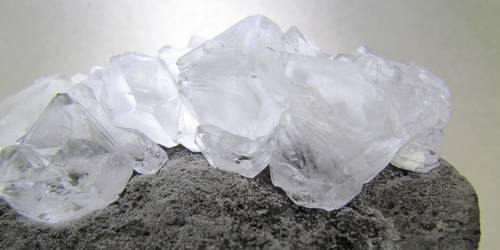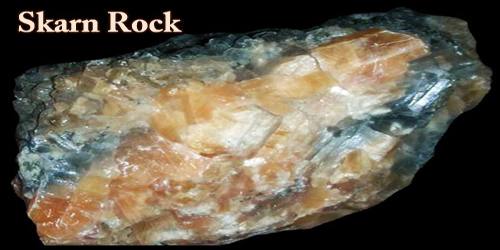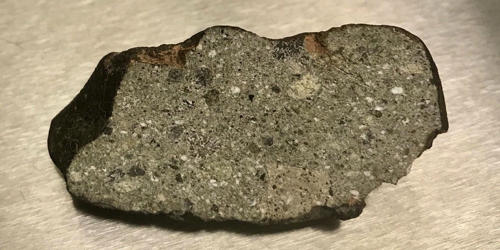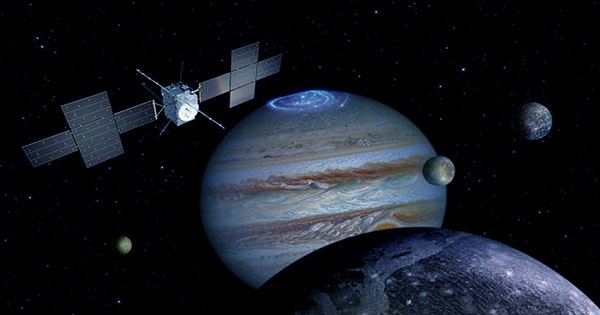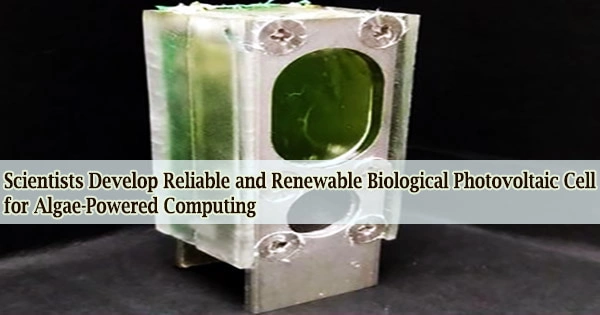Boltwoodite is a hydrated potassium uranyl silicate mineral with formula HK(UO2)(SiO4)·1.5(H2O). It was named after Bertram Borden Boltwood (1870-1927), radiochemist of Yale University, New Haven, Connecticut, USA, who devised the U-Pb method of measuring geologic time. It is formed from the oxidation and alteration of primary uranium ores. It takes the form of a crust on some sandstones that bear uranium. These crusts tend to be yellowish with a silky or vitreous luster.
General Information
- Category: Uranium silicate mineral
- Formula; HK(UO2)(SiO4)·1.5(H2O)
- Crystal system: Monoclinic
- Crystal class: Prismatic (2/m) (same H-M symbol).
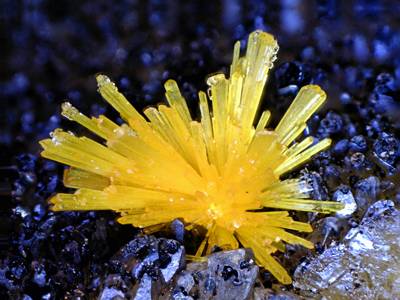
Properties
Boltwoodite can be identified in the field by its color variations between yellow and light yellow. Its opaque form has {010} perfect and {001} distinct cleavage. This mineral has a vitreous-pearly luster with a white streak. The density of boltwoodite is 3.6 g/cm3, with a hardness of 3.5-4 – between that of a copper penny and fluorite.
- Color: Pale yellow, orange yellow
- Crystal habit: Elongated crystals, acicular to fibrous
- Cleavage: Perfect on {010}, imperfect on {001}
- Tenacity: Brittle
- Mohs scale hardness: 3.5 – 4
- Luster: Silky to vitreous, dull or earthy in aggregates
- Streak: White
- Diaphaneity: Transparent to translucent
- Specific gravity: 4.7
Occurrence
Boltwoodite occurs as secondary silicate alteration crusts surrounding uraninite and as fracture fillings. It occurs in the outer silicate zone of alteration surrounding hydrated uranyl oxides incrusting primary uraninite; and also filling fractures at some distance from primary uraninite. It is found in pegmatites and sandstone uranium deposits of the Colorado Plateau-type. It occurs associated with uraninite, becquerelite, fourmarierite, phosphuranylite, gypsum, and fluorite.
It also occurs in pegmatite and Colorado-Plateau-type sandstone uranium deposits. It is often associated with minerals such as uraninite, becquerelite, fourmarierite, gypsum, fluorite, and phosphuranylite.
Information Source:

